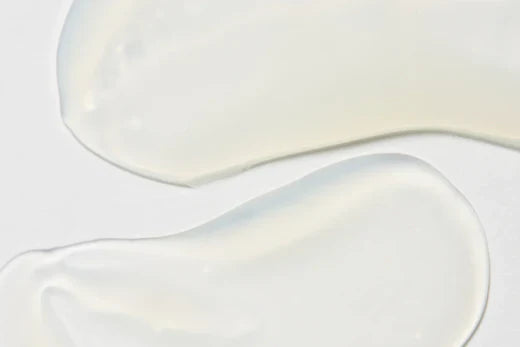Mandelic acid is a water-soluble AHA ( Alpha Hydroxy Acid) with a larger molecular size than glycolic acid, which means it penetrates the skin more slowly. This slower absorption rate makes it much less irritating, while still offering a noticeable improvement in tone, texture, and clarity.
The Benefits of Mandelic Acid
1. Gentle Exfoliation for Sensitive Skin
Because of its size and structure, mandelic acid provides a milder exfoliating effect compared to other AHAs. It's excellent for individuals who experience redness, irritation, or inflammation from harsher acids.
2. Helps With Acne & Clogged Pores
Mandelic acid has antibacterial properties and can help regulate excess oil. It clears out dead skin cells and congestion without triggering a sensitized response—making it ideal for adult acne or combination skin.
3. Targets Hyperpigmentation
Mandelic acid has been shown to reduce dark spots and post-inflammatory hyperpigmentation. It's a great option for anyone looking to even out their skin tone without risking rebound irritation.
4. Supports Skin Renewal Without Compromise
This acid works gradually and gently to promote cellular turnover. That means smoother, brighter skin with less flaking, peeling, or disruption to your barrier function—key to maintaining long-term skin health.
Who Should Use Mandelic Acid?
Mandelic acid is suitable for...
-Sensitive or reactive skin
-Acne-prone or combination skin
-Darker skin tones (less risk of post-inflammatory pigmentation)
-Aging or dull skin needing gentle exfoliation
How to Use Mandelic Acid in Your Routine
If you’re new to acids, mandelic acid is one of the best starting points. It can be used in:
-Cleansers for a brief, low-intensity treatment
-Serums or toners for more targeted application
-Professional facials for deeper exfoliation under guided hands
I always recommend starting with 2–3 times per week, then adjusting based on how your skin responds. And always—always—use sunscreen. All exfoliating acids increase sun sensitivity.





